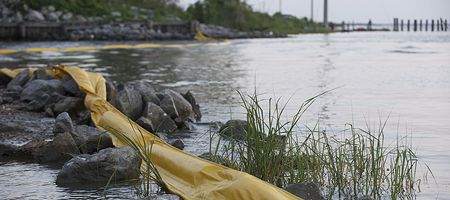Tar balls washed up on the shore of the Gulf of Mexico earlier this month by Tropical Storm Lee show that oil from last year’s Deepwater Horizon spill isn’t degrading as quickly as expected.

Civil engineers from Auburn University say that the chemical signature of tar mat fragments that appeared on Alabama’s beaches after the storm is essentially the same as that of the oil from the Deepwater spill.
“The study also indicates that oil submerged offshore has not substantially changed, from a chemical perspective, from that of the oil which arrived on the beach more than a year prior,” they say in a preliminary report.
“It shows that the tar mat samples are indeed related to the BP Deepwater Horizon event.”
many experts – and, naturally, BP itself – have contended that the submerged oil from the spill had weathered and largely been depleted.
“The data question the validity of the widely held belief that submerged oil from the Deepwater Horizon accident is substantially weathered and thus depleted of most polycyclic aromatic hydrocarbons,” the study concludes.
“Submerged oil may continue to pose some level of long-term risk to near-shore ecosystems.”
meanwhile, a Senate committee has given its backing to legislation ordering penalties from the disaster to be used for environmental improvement and economic recovery in the Gulf.
“The damage from the oil spill was done in the Gulf, and now the Senate needs to take quick action to make sure that the oil spill penalties go to restoring the Gulf region,” says a consortium of environmental groups which had pushed for the legislation.






